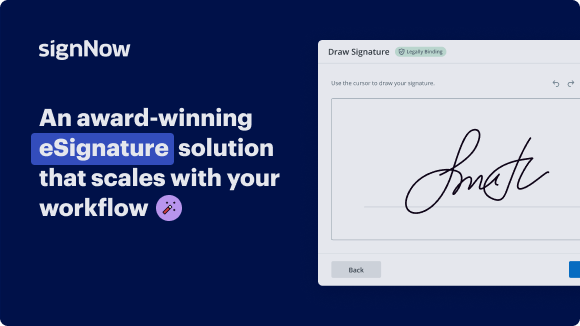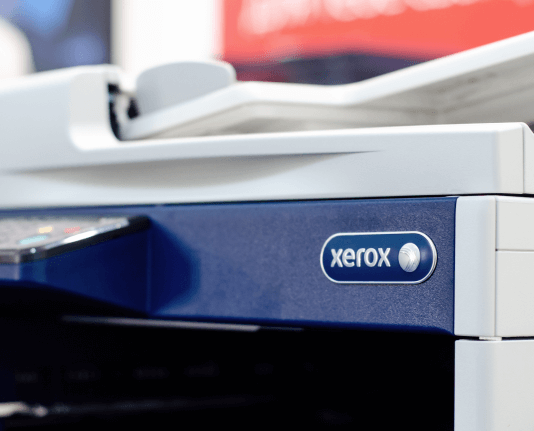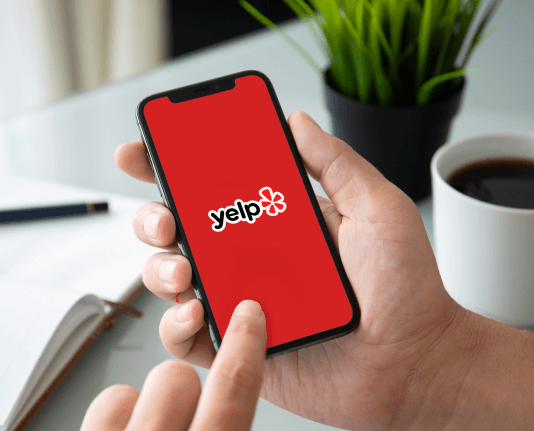Protect the Integrity and Authenticity of Your Signed Documents with the Public Key Infrastructure (PKI)
Everything you need to know about the airSlate SignNow PKI
What are digital signatures?
Digital signatures are often used in highly regulated industries and regions to ensure that an authorized sender has signed a document and it was not modified in transit. A digital signature is generated using a trusted digital ID, aka a digital certificate or public key certificate. An accredited Certificate Authority (CA) issues a digital certificate after validating the requestor's identity.
How does digital signing work?
Digital signatures use the public-key cryptography method to generate a pair of private and public keys, included in a digital certificate. When a signer adds their digital signature using a private key, the digital certificate is also cryptographically bound to a document. During the verification process, the linked public key decrypts a signature, ensuring its authenticity and validity.
What is a PKI?
Public Key Infrastructure is a security technology that enables digital signature processes. PKI consists of the roles, policies, procedures, and systems needed to create digital signatures, administer digital certificates, and manage public keys. PKI facilitates the trusted electronic identities for individuals or institutions with digital certificates and a Certificate Authority.
How to send a document for signature using PKI
Upload a document to your airSlate SignNow account and open it in the editor. Drag and drop fillable fields and assign roles.

Click SAVE AND INVITE once your document is ready for sending.
Add recipient emails, set the signing order, and check the box Send using GlobalSign PKI signature.

Note: only eligible organizations can send documents using the PKI technology. Contact us for details.
How to add a secure digital signature under PKI requirements
Once you receive a signature request, click to open a document and add your digital signature in seconds. You can draw, type, or upload an image of your signature.

How to view a digital certificate
Once every signer has signed your document, you can download it and view the digital certificate. To open a digital certificate, open your signed document in Adobe Acrobat Reader®. Click on the digital signature and select Signature Properties > Show Signer’s Certificate.
See airSlate SignNow eSignatures in action
Do more on the web with a globally-trusted eSignature platform
Remarkable signing experience
Reliable reports and analytics
Mobile eSigning in person and remotely
Industry polices and compliance
Using the airSlate SignNow pki technology, quicker than ever
Useful eSignature extensions
Our user reviews speak for themselves






airSlate SignNow solutions for better efficiency
Why choose airSlate SignNow
-
Free 7-day trial. Choose the plan you need and try it risk-free.
-
Honest pricing for full-featured plans. airSlate SignNow offers subscription plans with no overages or hidden fees at renewal.
-
Enterprise-grade security. airSlate SignNow helps you comply with global security standards.

FAQs signature certificate authority
-
How do I send a document for signing to multiple parties?
A digital signature is a cryptographic mechanism used to validate a message or confirm the authenticity and integrity of a digital document. A valid digital signature ensures that the document was created by a known sender and was not modified in transit. An electronic signature (eSignature) is an electronic sound, symbol, or process attached to or associated with a document used by a person with the intent to sign it. As long as it complies with the applicable laws and regulations, an electronic signature has the same legal standing as a hardcopy signature. -
How do I create a digital signature in airSlate SignNow?
airSlate SignNow empowers users to add and collect signatures generated using digital technology on any device. We work with trusted Certificate Authorities to provide valid digital certificates. To enable the PKI technology, please contact our sales team at -
How does PKI enable digital signing?
A document owner requests a digital signature by sending a signature invite to the signer. The signer attaches their digital signature using a private key and submits the document to the owner. The owner decrypts the digital signature added to the document using the public key from the signer’s digital certificate. If the digital signature has not been tampered with, the decryption is successful. -
What is a digital certificate?
A digital certificate is an electronic passport used to identify the certificate holder. Digital certificates allow individuals and institutions to securely transfer data with the help of the public key infrastructure. Digital certificates are issued by trusted authorities and are valid for a specified period. -
How does PKI facilitate authentication?
A user obtains a digital certificate to encrypt data with the help of their private key and securely share it with recipients. When recipients need to authenticate a user’s data, they decrypt it with a public key from the user’s digital certificate. If the decrypted data is the same as the data that was sent, the user’s identity is authenticated. -
What is a Certificate Authority (CA)?
A Certificate Authority (CA) is an entity empowered to issue digital certificates. A CA acts as a trusted third party that validates the identity of a document owner. A Certificate Authority generates a key pair on behalf of an individual or associates an existing key provided by the individual to its holder. Once the CA verifies someone's identity, they issue a digital certificate that can be used to verify the individual associated with a public key when requested. -
How do I obtain a digital certificate?
To obtain a digital certificate, you should contact an accredited Certificate Authority in your region or country. airSlate SignNow works with trusted Certificate Authorities to provide digital certificates. -
What is eIDAS?
eIDAS stands for Electronic Identification and Authentication and Trust Services (2014). The eIDAS law regulates the use of electronic signatures and records in the EU and its tiered jurisdictions. It specifies three types of electronic signatures - Simple Electronic Signature, Advanced Electronic Signature, and Qualified Electronic Signature and recognizes their legal standing. The signatories are free to select the eSignature fit for the type of document and the nature of their business. -
What law regulates the validity of electronic signatures in the US?
The Uniform Electronic Transactions Act (UETA, 1999) and the Electronic Signatures in Global and National Commerce Act (ESIGN, 2000). UETA is a state law protecting the legal enforceability of electronic records and signatures related to business, commercial, and governmental affairs. The ESIGN Act is a federal law that sets the guidelines for eSignatures and electronic records within foreign and interstate commerce. -
Are digital signatures valid?
Digital signatures and electronic signatures are legally valid in over sixty countries around the world. The main laws which regulate the use of electronic signatures in the EU and US are the EU Directive for Electronic Signatures (1999) and the Electronic Signatures in Global and National Commerce Act (2000).
What active users are saying — signature soc
Find out other using the signNow pki technology
- Empowering your workflows with Artificial intelligence ...
- Empowering your workflows with Artificial intelligence ...
- Empowering your workflows with Artificial intelligence ...
- Empowering your workflows with Artificial intelligence ...
- Empowering your workflows with Artificial intelligence ...
- Empowering your workflows with Artificial intelligence ...
- Empowering your workflows with Artificial intelligence ...
- Empowering your workflows with Artificial intelligence ...
- Empowering your workflows with Artificial intelligence ...
- Empowering your workflows with Artificial intelligence ...
- Empowering your workflows with Artificial intelligence ...
- Empowering your workflows with Artificial intelligence ...
- Empowering your workflows with Artificial intelligence ...
- Empowering your workflows with Artificial intelligence ...
- Empowering your workflows with Artificial intelligence ...
- Empowering your workflows with Artificial intelligence ...
- Empowering your workflows with Artificial intelligence ...
- Empowering your workflows with Artificial intelligence ...
- Empowering your workflows with Artificial intelligence ...
- Empowering your workflows with Artificial intelligence ...



























